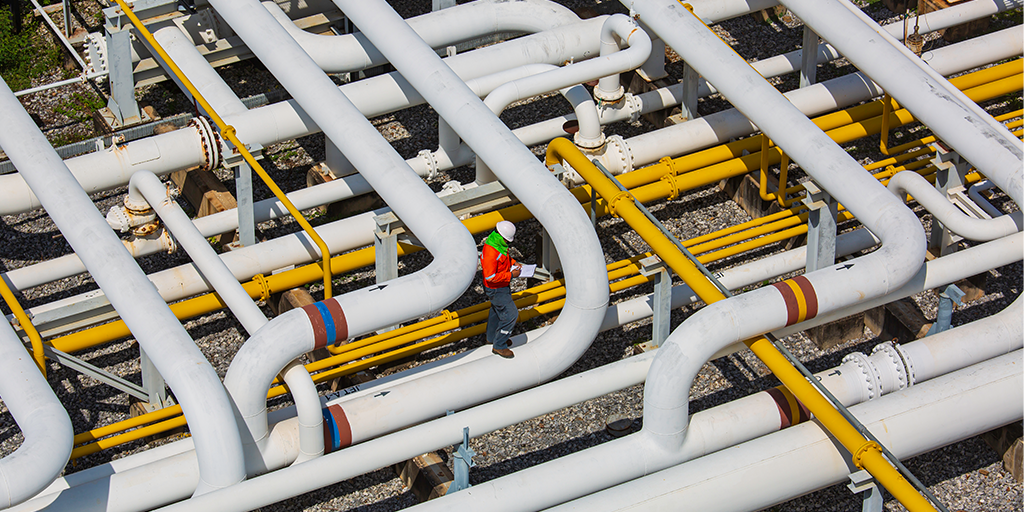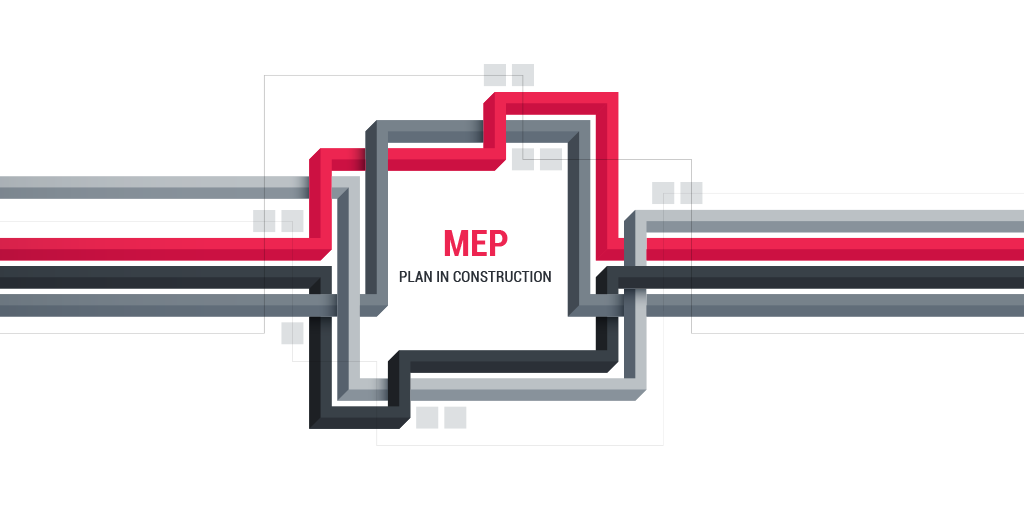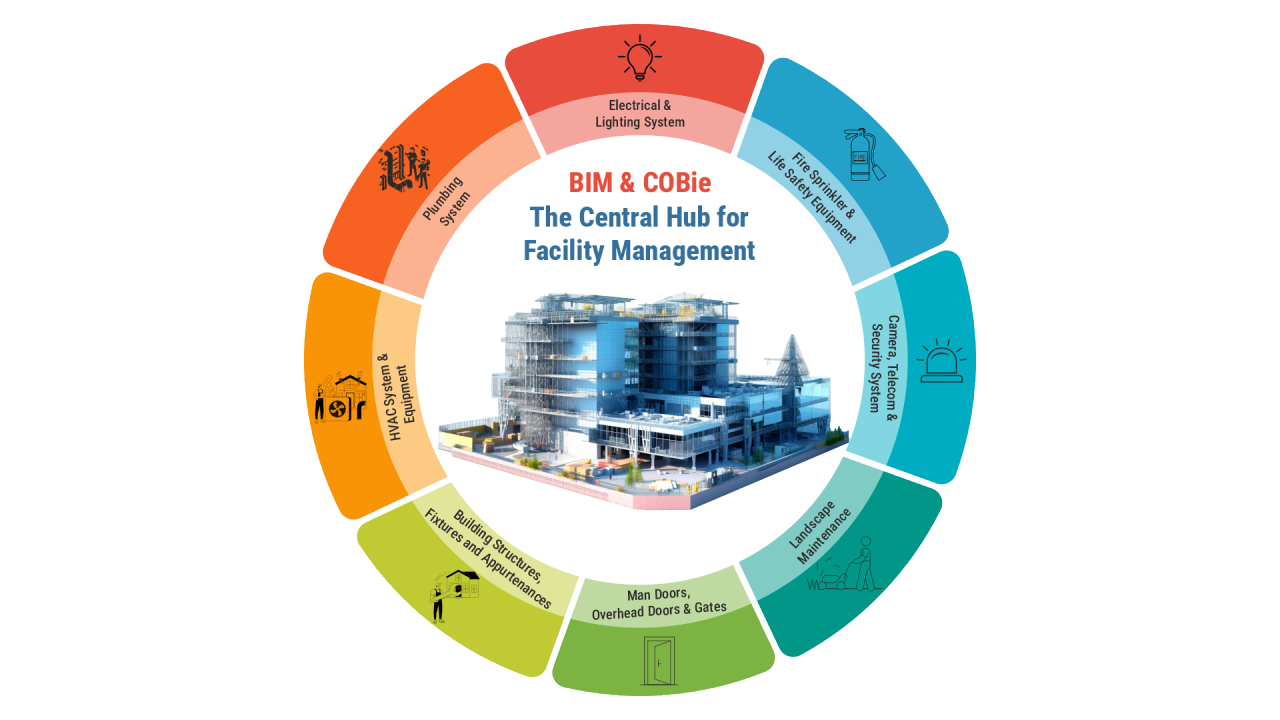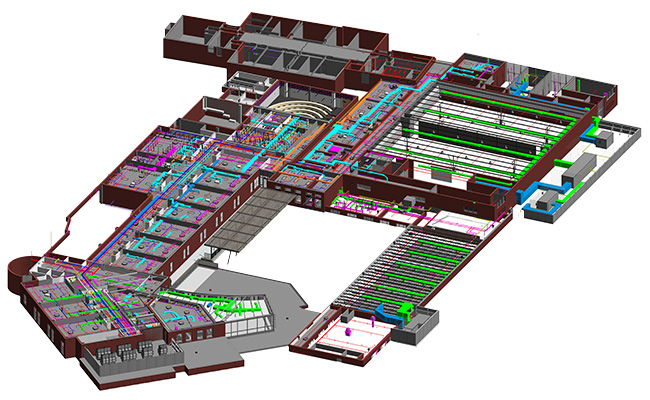Last updated on: January 2, 2025
Table of Contents
Have you ever wondered how a building gets its heating, lighting, and plumbing to function seamlessly?
Well, the answer lies in MEP plans. These detailed drawings act as a roadmap for the important mechanical, electrical, and plumbing systems that form the backbone of any MEP construction project. From towering skyscrapers to industrial facilities, MEP Plans in Construction is an essential piece of the puzzle, ensuring everything runs smoothly, efficiently, and most importantly, safely.
Today, let’s explore the world of MEP plans–what they are, why they’re important, and how they contribute to the successful completion of MEP in building construction and industrial projects

What Are MEP Plans : Meaning & Definition?
MEP plans are essentially blueprints that detail a building’s essential internal systems.
The acronym MEP stands for:
Mechanical: This refers to heating, ventilation, and air conditioning (HVAC) systems, as well as other climate control elements.
Electrical: This covers the electrical wiring, lighting fixtures, outlets, and everything related to powering the building.
Plumbing: This includes the layout of pipes for water supply, drainage, sanitation, and any other plumbing needs.
So, an MEP plan illustrates how these vital systems will be positioned, connected, and function within the building. It’s like a roadmap for MEP construction crews to ensure everything fits together efficiently and safely.
How is MEPFP Different From MEP?
MEPFP represents a broader scope that includes MEP (Mechanical, Electrical, and Plumbing) along with an additional element: Fire Protection (FP).
MEP focuses on the core building systems that ensure functionality and comfort:
- Mechanical (HVAC): Heating, Ventilation, and Air Conditioning
- Electrical: Power distribution, lighting, and electrical equipment
- Plumbing: Fresh water supply, sanitation, and waste removal
Fire Protection (FP) adds another crucial layer of safety by designing and installing systems to:
- Detect and suppress fires
- Control smoke and heat spread
- Provide safe egress for occupants
Here’s a breakdown of the difference:
MEP is essential for the basic operation of a building.
MEPFP incorporates MEP systems but adds a critical safety element – fire protection.
In many construction projects, especially larger or more complex ones, all these systems are interrelated and designed by a single engineering team. This integrated approach ensures a cohesive and functional building that meets all safety and comfort requirements.
Looking for MEP Modeling & Coordination Services for your Design and Construction project. Contact us with your requirements.

Benefits of MEP Plans in Construction Projects
MEP plans serve as a powerful tool that can significantly improve MEP construction projects. Here’s how:
Improved Space Efficiency and Work Coordination:
MEP plans help visualize how all the building’s systems will coexist within the available space. This allows for optimal placement of pipes, ducts, and electrical conduits, avoiding wasted space and ensuring a smooth workflow for MEP construction teams working on different systems.
Cost Savings:
Clash detection during the planning stage with MEP plans prevents costly rework on-site. Imagine having to reroute electrical wiring because it interferes with planned plumbing! By identifying and resolving conflicts beforehand, MEP plans minimize wasted materials and labor costs.
Enhanced Sustainability and Energy Efficiency:
MEP plans allow for the optimization of building systems. They can incorporate energy-efficient features like high-performance HVAC systems and LED lighting. Additionally, they can facilitate the integration of renewable energy sources like solar panels. This all adds up to a more sustainable building with lower operating costs.
Increased Safety and Compliance:
MEP plans ensure critical safety systems like fire sprinklers and proper ventilation are correctly designed and installed according to building codes. This not only protects occupants but also avoids delays due to code violations during inspections.
Simplified Maintenance and Operations:
Detailed MEP plans serve as a valuable resource for facility managers long after construction is complete. They provide a clear picture of where all the building systems are located, making maintenance and repairs easier and faster. This translates to less downtime and lower maintenance costs.
Current Trends With MEP Designing and Planning
MEP plans serve as a powerful tool that can significantly improve construction projects. Here’s how:
Building Information Modeling (BIM):
This 3D modeling software creates a virtual building with all the MEP BIM services & the systems integrated. This helps with better collaboration among architects, engineers, and contractors, leading to fewer errors and a more efficient construction process.
Integration of Renewable Energy:
Sustainability has become a major focus in recent years, and MEP designs are increasingly incorporating renewable energy sources like solar panels, geothermal systems, and wind power. This helps reduce dependence on fossil fuels and creates more environmentally friendly buildings.
Internet of Things (IoT) and Smart Buildings:
Sustainability has become a major focus in recent years, and MEP designs are increasingly incorporating renewable energy sources like solar panels, geothermal systems, and wind power. This helps reduce dependence on fossil fuels and creates more environmentally friendly buildings.
Focus on occupant health and well-being:
Modern MEP design prioritizes creating healthy indoor environments. This includes features like improved air quality systems, natural light integration, and controls for thermal comfort, all contributing to a more productive and healthier space for occupants.
Prefabrication and Modularization:
MEP systems are increasingly being prefabricated off-site, which improves quality control and reduces on-site construction time. This trend streamlines the construction process and minimizes disruption at the building location.
Learn More About This: BIM for MEP/FP (Mechanical, Electrical, Plumbing, Fire Protection) Designers
Why Choose United BIM for MEP Design Plans?
If you’re looking for a reliable partner to handle your MEP design plans, United BIM offers several compelling advantages:
Centralized MEP Data Management:
United BIM emphasizes keeping all your MEP data organized and readily accessible. This ensures everyone involved in the project – architects, engineers, contractors – has a single source of truth for MEP Coordination systems, minimizing confusion and errors.
Concurrent Approach Considering Various Critical Parameters:
As a part of our comprehensive approach, we consider various vital factors such as building size, usage, climate, and energy efficiency during the design phase. It results in MEP systems that are optimized for performance, functionality, and sustainability.
BIM Dimensioning for MEP Planning:
We eliminate guesswork by leveraging Building Information Modeling (BIM) for MEP planning. So this 3D modeling software allows for virtual clash detection, ensuring all MEP components – pipes, ducts, and wires – fit together perfectly before construction starts.
Conclusion
MEP plans are the foundation of the construction world. These in-detailed blueprints function like a roadmap for a building’s internal systems, ensuring everything functions efficiently, safely, and sustainably. By incorporating cutting-edge trends like BIM and a focus on occupant well-being, MEP design is constantly evolving to create smarter and greener buildings for the future.
FAQs
How Much Does an MEP Plan Cost?
The cost of an MEP plan can vary depending on several factors, including:
- Project size and complexity
- Location
- Engineer’s experience level
- The level of detail required
As a general estimate, MEP plans can range from $0.50 to $3.00 per square foot for residential projects, with more complex projects reaching up to $15,000 per 5,000 square feet. It’s always best to get quotes from several MEP engineering firms for a more accurate estimate for your specific project.
What Does an MEP Plan Show?
MEP plans typically include detailed drawings for the following systems:
Mechanical: Heating, ventilation, and air conditioning (HVAC) systems, plumbing layouts for hot and cold water distribution, sanitary piping, and sometimes even fire sprinkler systems.
Electrical: Electrical wiring layouts, lighting fixtures, outlets, and panel locations.
Plumbing: Drain, waste, and vent (DWV) systems, water supply lines, and fixture locations for sinks, toilets, showers, etc.
How Long Does It Take To Have a MEP Plan Produced?
The timeframe for producing a MEP plan depends on the project’s size and complexity. Simpler projects might take a few weeks, while larger or more intricate ones could require several months. Discussing your project timeline with a qualified MEP engineer will help determine a realistic timeframe.
At What Stage Should One Get a MEP Plan?
Ideally, MEP plans should be developed early in the design process, even before final architectural drawings are complete. This allows for better integration of MEP systems into the overall building design and avoids potential conflicts later on.
Where Do I Find Someone To Produce MEP Plans?
You can find qualified MEP engineers through professional organizations, like United BIM. When choosing an MEP engineer, consider their experience, expertise, and ability to meet your project’s specific needs and budget.
About the Author

Coordination Manager / VDC Manager at United BIM
With over 10 years of experience in the AEC industry, Akash Patel is a seasoned Coordination Manager and VDC Manager at United BIM. His expertise lies in managing complex MEP-FP coordination projects and leveraging cutting-edge BIM technology to ensure seamless collaboration and precision. Akash is dedicated to delivering high-quality, detailed models that meet the demands of modern construction. He is passionate about optimizing workflows and driving innovation within the BIM field.








